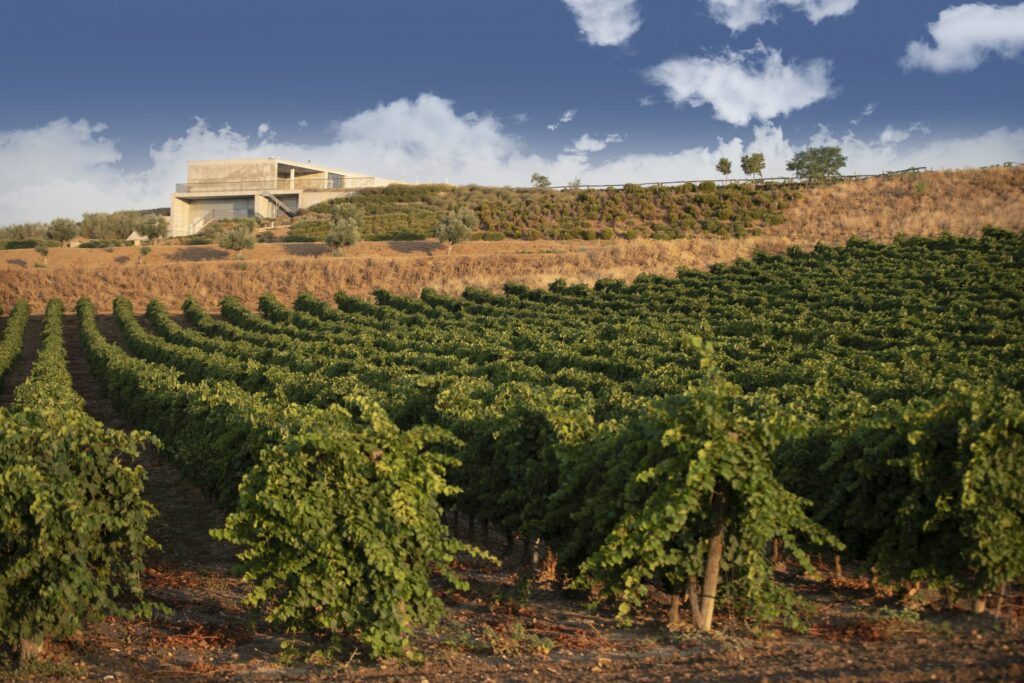If you are lucky enough to live in a natural environment covered by a sea of vineyards or if, for example, you have been passing through Rueda, La Rioja or Castilla La Mancha, you will surely have noticed that the vineyards are not the same. If you look closely at the landscape you can see that it changes both its layout and its shape.
Traditionally, vines were planted in goblet, at ground level, the plant expands and acquires its shape. In the second half of the 20th century, trellising began to be used as a way of training the vines. The plant grows from the ground and is formed by a metal structure that gives it height.
Once we have identified the two types of existing vineyards, the following question arises: what type of driving makes the vineyards more suitable? in goblet or trellis? We tell you about their main features, advantages and disadvantages.
Goblet-trained vineyards
The main characteristic to distinguish this type of plantation is that the vine grows freely at ground level acquiring a rounded shape. It does not require any type of artificial structure to support or guide it in its different phases of growth. It is simpler, easier to form and natural.
However, being at ground level, oxygenation is poorer and sunlight exposure of the clusters is reduced. In addition, they produce a smaller number of clusters than trellised vineyards.
This vineyard is worked manually, as it is not possible to mechanize the plot due to its typology and characteristics. For this reason, labor costs are higher.
When talking about the traditional way of planting, we are dealing with longer-lived vineyards. Many argue that goblet plantings tend to produce higher quality grapes as they acquire more directly all the nuances of the terroir. the nuances of the terroir..
Goblet-trained vineyards are common in areas with a deep-rooted winemaking tradition, such as the Rioja D.O.Ca., although they can be found in any area.
Trellised vineyards
The height of the plant is its most characteristic feature. The vine grows from the ground up to an installation of in-line wires that allow its arms and tendrils to be attached.
This type of vineyard, orography permitting, offers the possibility of mechanizing the entire process, which means lower labor costs.
We are talking about plantations that offer higher grape production, higher yields and homogeneous ripening. The higher altitude provides greater ventilation and sunlight to the clusters, which is very positive for avoiding certain diseases in the plantation.
Trellised vineyards are characteristic of the Rueda Denomination of Origin, although their use is widespread and has become popular in different D.O.’s nationwide, such as Castilla La Mancha.
We are trying to solve the question: in goblet or trellis?
If we take into account the economic factor, a trellised vineyard, once planted, as all the work can be mechanized, usually has a lower cost than a goblet vineyard. In addition, it should not be forgotten that, on trellises, we obtain a greater number of clusters per plot.
If we are looking for a manual plantation and follow the most traditional viticultural canons, goblet-trained vineyards are ideal.
In conclusion, both types of vineyards, well worked and always looking for an adequate production, offer us the possibility of producing excellent wines with their own personality.




